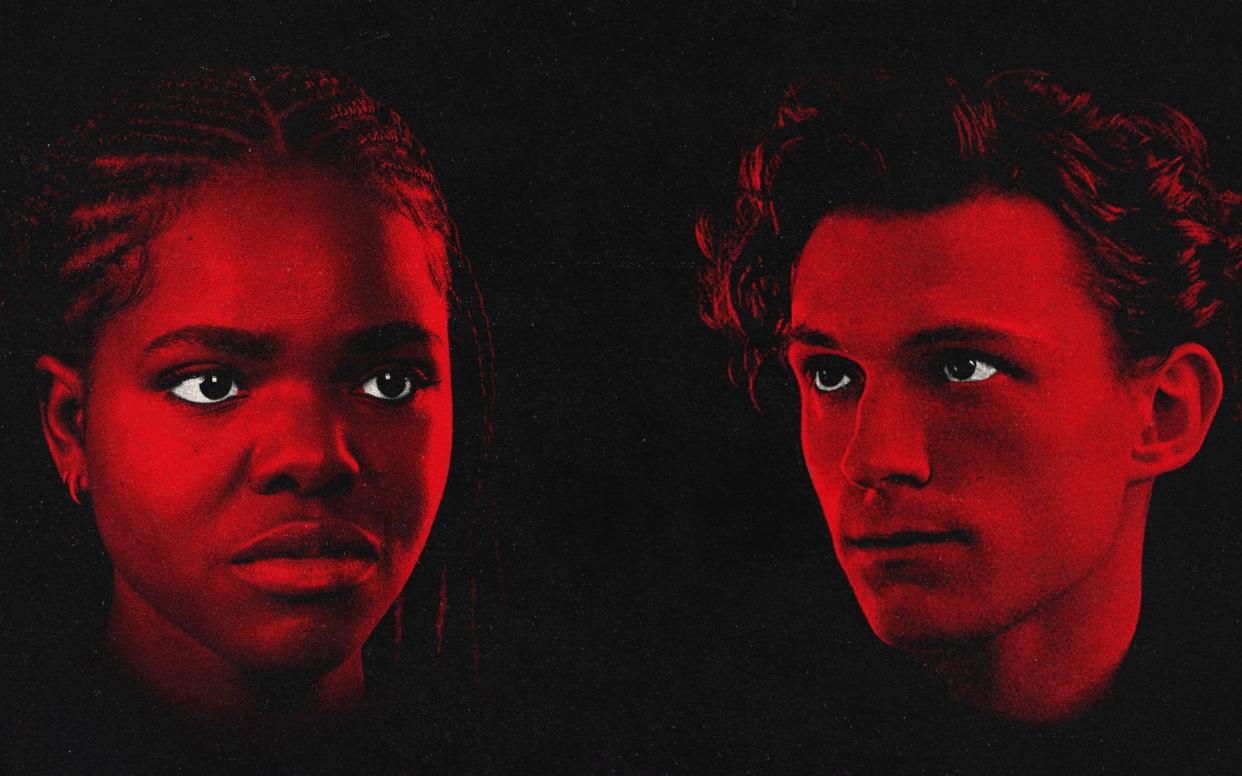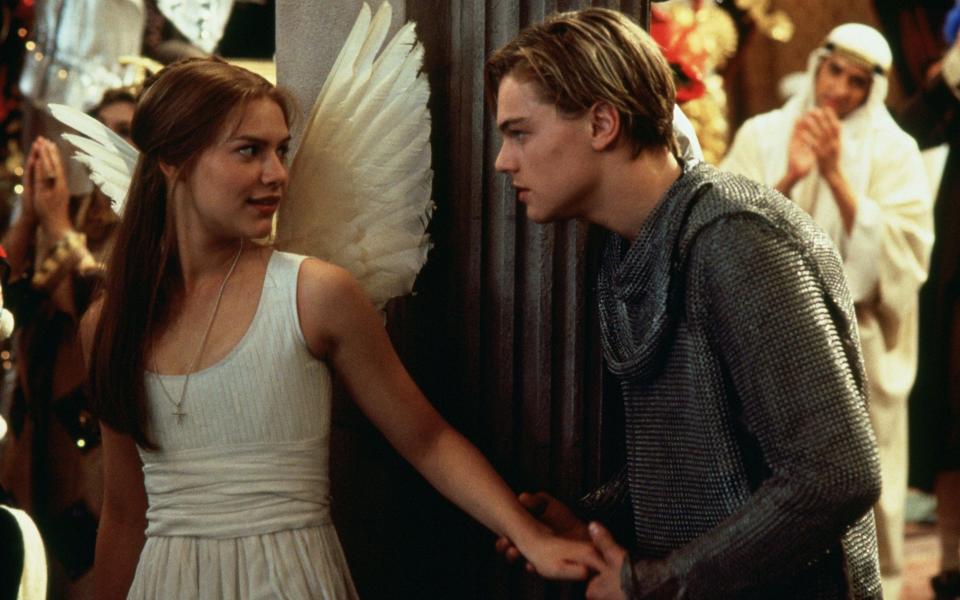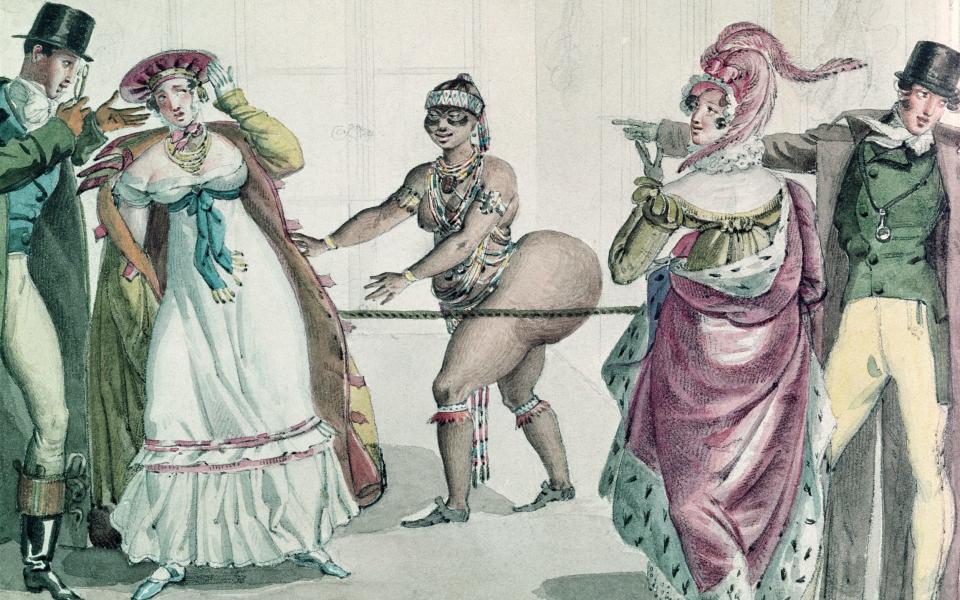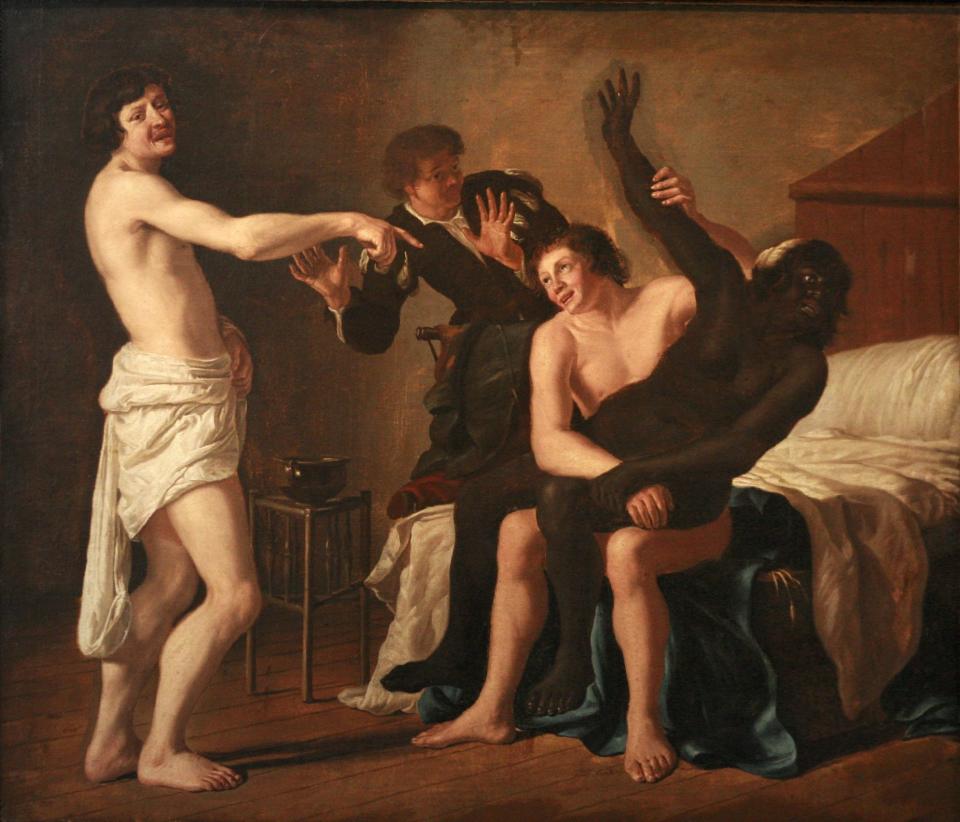The racist Romeo & Juliet trolling has a shocking cultural history

When I heard that Francesca Amewudah-Rivers had been cast as Juliet opposite Tom Holland’s Romeo in the Jamie Lloyd Company’s new production, I had a personal reason to rejoice. Fran portrayed Othello in my adaptation of the National Youth Theatre’s touring production of that play in 2021 and I’ve no doubt that the strength, vulnerability, intelligence and fire that she brought to playing that role were instrumental in her landing Juliet for her West End debut.
My vicarious delight in Fran’s success quickly turned to dismay when I saw the pile-on from racist trolls on her Instagram feed. It was shocking but, sadly, not surprising. The global scale of it is reminiscent of what happened when Halle Bailey was cast as Ariel in The Little Mermaid.
It isn’t new to the Jamie Lloyd Company either. Black female members of Cyrano de Bergerac (starring James McAvoy) suffered racist abuse when the show toured to the star’s hometown of Glasgow. Following hot on the heels of Frank Hester’s dehumanising comments about Diane Abbott, this persecution of Fran contributes to the feeling that it’s always open season on black women.
As if it were any less loathsome a reason to crudely reduce a young actress, most of the trolls insist that their objections to Fran’s casting is about her attractiveness and not her race. Even more risible is the trolls’ evident lack of cultural literacy: “They are rewriting history before our very eyes!” they crowed, sharing photos of Amewudah-Rivers and Holland paired with stills of Leonardo DiCaprio and Claire Danes in Baz Luhrmann’s 1996 film Romeo+Juliet.
It seems to have escaped their notice that this is a work of fiction. And in any case, the first Juliet in Shakespeare’s day was played by a boy and Fran isn’t the first black woman to portray Juliet. Black actress Rachael Baptist played Juliet in the 1750s, so this production isn’t some symptom of 21st-century wokeness run amok either.

This confluence of racism and misogyny that black women experience is so prevalent that it led US scholar Moya Bailey to coin the term ‘misogynoir’. Misogynoir is fuelled by mass mediated images, such as those that beauty and skincare adverts have blundered into in recent years, that promote the idea that black women are below average in attractiveness when measured against a standard of beauty that privileges white as the ideal of femininity.
If you’re a black woman, it’s baffling why your very existence still provokes such vitriol in the 21st century. Where did it originate? Why are black women, as a group, recipients of the worst racist tendencies both online and offline? No cultural phenomenon exists in a historical vacuum so if we are to understand the consistent rating of black women as below average in desirability, it is important to link the contemporary expression of this to its historical context.
It has been a consistent theme in Western society since the 18th century, when Swedish botanist Carl Linnaeus created the system we still use for naming plants and animals. He also coined the term Homo to classify all human beings into four hierarchical groups in which Africans were continually relegated to the bottom of the scale.
Linnaeus based his ideas on the Great Chain of Being, a religious, hierarchical structure of all matter and life derived from Plato and Aristotle. The chain starts with God and progresses downward to angels, humans, animals, plants and minerals. In this system, a black king, for instance, is lower down the chain than a white peasant while black women, on the lowest rung of humanity, are a mere step above orang-utans.

Art played a significant part in fomenting misogynoir. The myth of racial inferiority reached an apotheosis nearly 250 years ago in the figure of Sarah Baartman who was displayed in Britain and France as the Hottentot Venus between 1810 and 1815. Her extremely protuberant bottom fixed her in an image that still has ramifications for the way that black women are perceived today. Many Europeans believed that the Hottentot Venus was more ape than human, a Homo monstrous, who was scarcely capable of emotion and intelligence in line with Linnaeus’ hierarchical classifications that laid the groundwork for pseudoscientific racism.
This description of the Hottentot Venus could easily apply to the emphatically not human way the very dark-skinned black woman has been depicted in ‘Rape of a Negress’, a 1632 painting by Dutch artist Christiaen van Couwenbergh. This disturbing painting with its self-explanatory title illustrates that notions of the bestial nature of black women justified their objectification and oppression and were widespread across Europe nearly 200 years before Baartman’s time.
What I find particularly disturbing about this painting is the superior attitude of the man on the left inviting the complicity of the viewer as if he is asking us to be okay with this visual violence perpetrated upon the woman. More troubling is finding out that this painting is often displayed without careful contextualisation in exhibitions today.

When Baartman died in 1815, George Cuvier, Europe’s most esteemed anatomist, dissected her body to empirically prove her inferiority. A few years later, he published his findings in Histoire Naturelle des Mammiferes. Baartman was the only human entry in a book full of monkeys and other mammals. Other famous writers and artists such as Dickens, Darwin, Hugo, Freud, Picasso, Eliot, H.G.Wells and Joyce knew of or wrote about Baartman, adding to her dehumanisation. Victor Hugo wrote: “Paris is friendly. It accepts everything royally; it is not too particular about its Venus; its Callipyge is Hottentot; provided that it is made to laugh, it condones ugliness, cheers it, deformity provokes it to laughter, vice diverts it.”
Today, this pervasive racially gendered ideology extends to the uppermost echelons of British society, in the racial abuse directed at Meghan Markle. Evidently, racism specifically against the appearance of black women has been in the popular consciousness for many centuries. I just pray that it won’t take centuries more to expunge it.
Ultimately, an actor’s artistry should transcend skin colour and although she is young, Fran’s artistic merits clearly demonstrate that she is a world-class talent. As well as acting, she is a composer and musician who studied at Oxford University and has been awarded the Evening Standard Future Theatre Fund Award for Audio Design and shortlisted for Best Score at the British Short Film Awards.
There has been a call for Holland – whose girlfriend Zendaya, a light-skinned black actress has spoken about her share of racist invective – to publicly defend Fran. I’m wary of this. There’s a danger that it would take the focus away from the play, which given my past experiences of the Jamie Lloyd Company’s productions, promises to be an electrifying retelling of Shakespeare’s tragic love story. Fran is an amazing actress and what better way to expose the ridiculous small-mindedness of the trolls than by triumphing on stage?
Romeo and Juliet opens on May 11 at the Duke of York’s Theatre in London. Info: romeoandjulietldn.com

 Yahoo News
Yahoo News 
